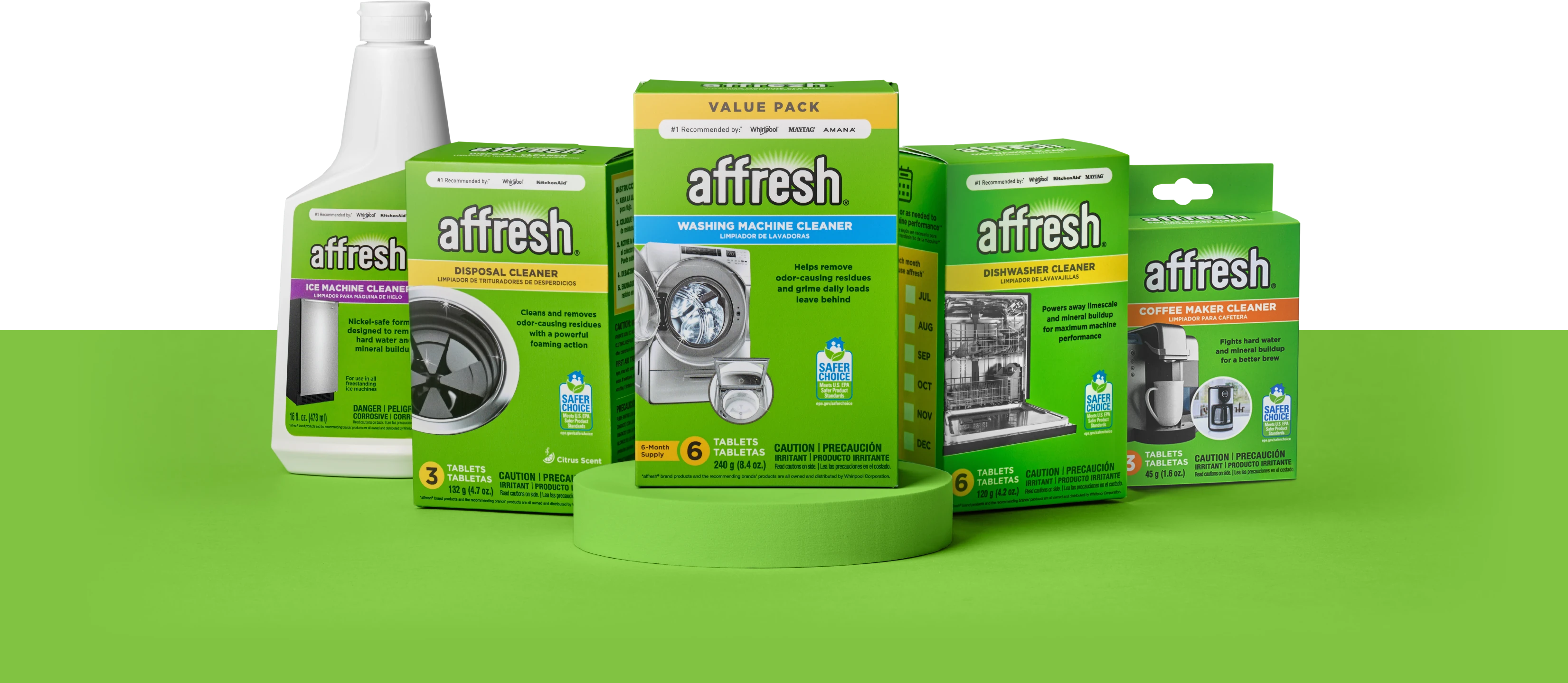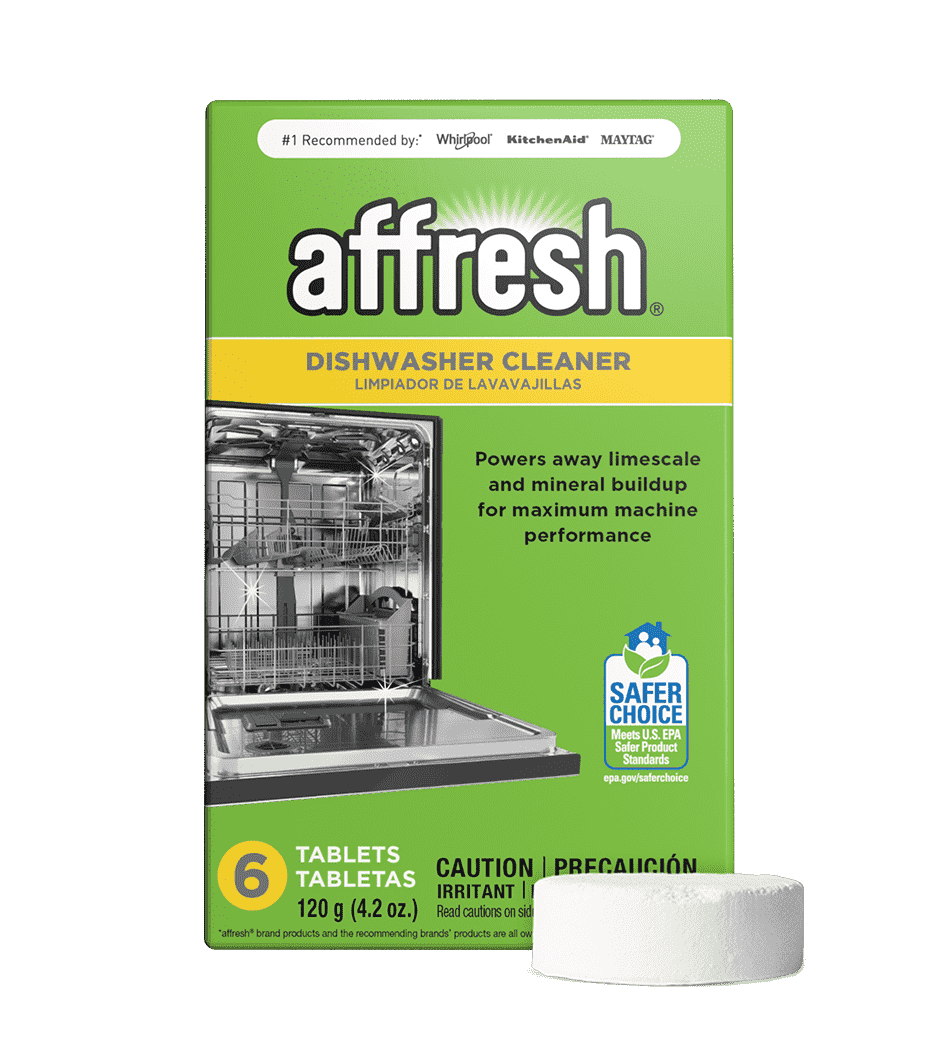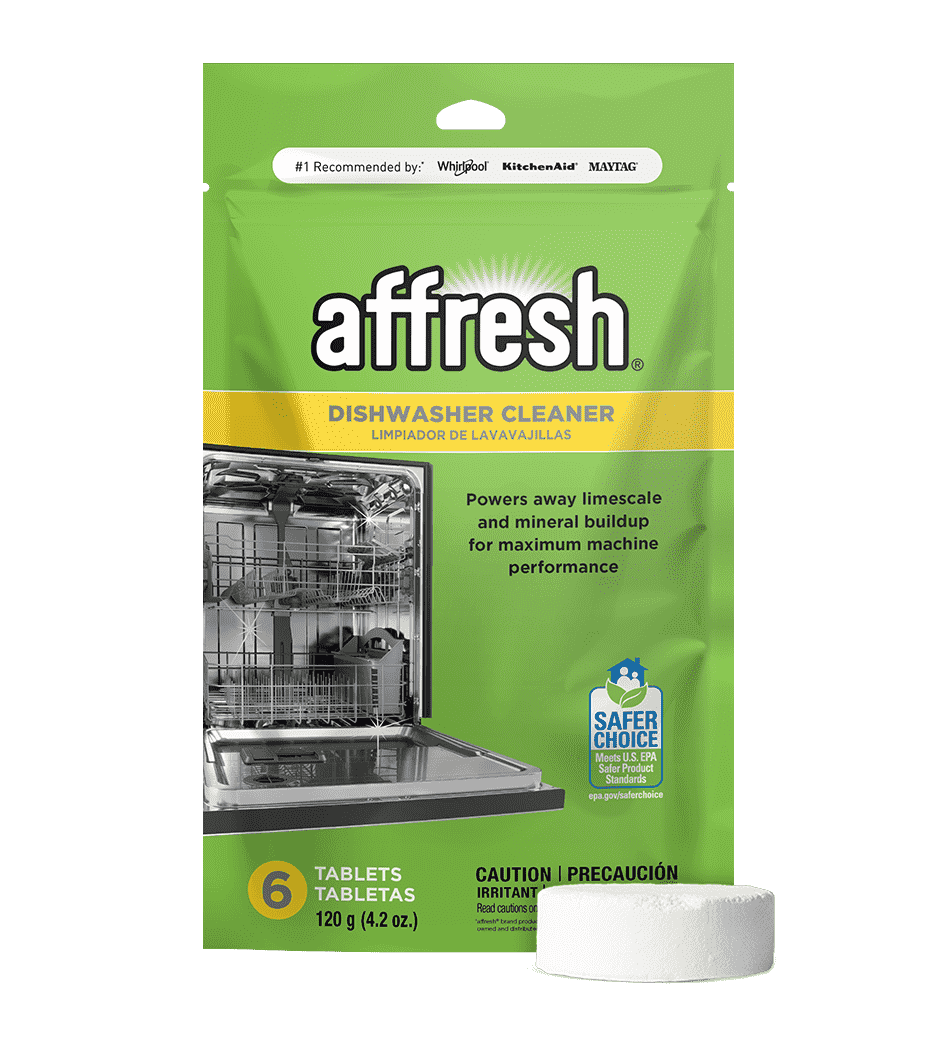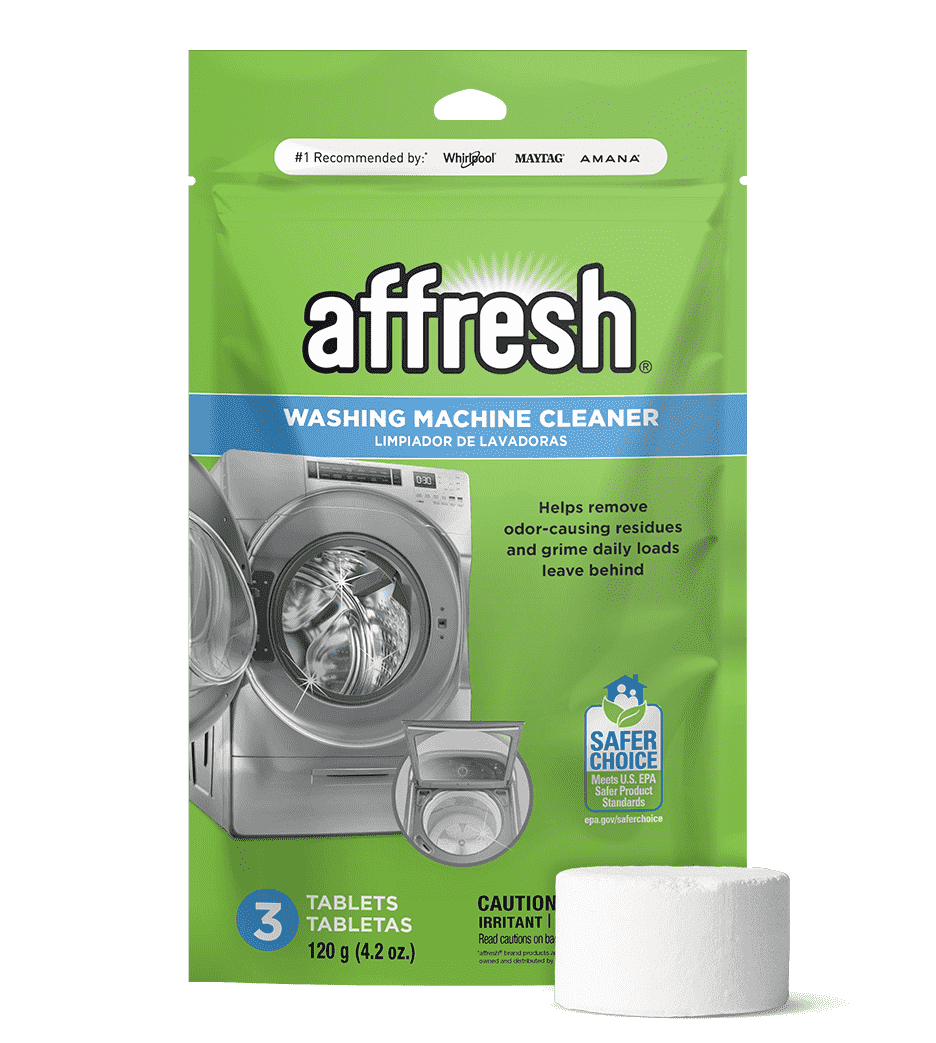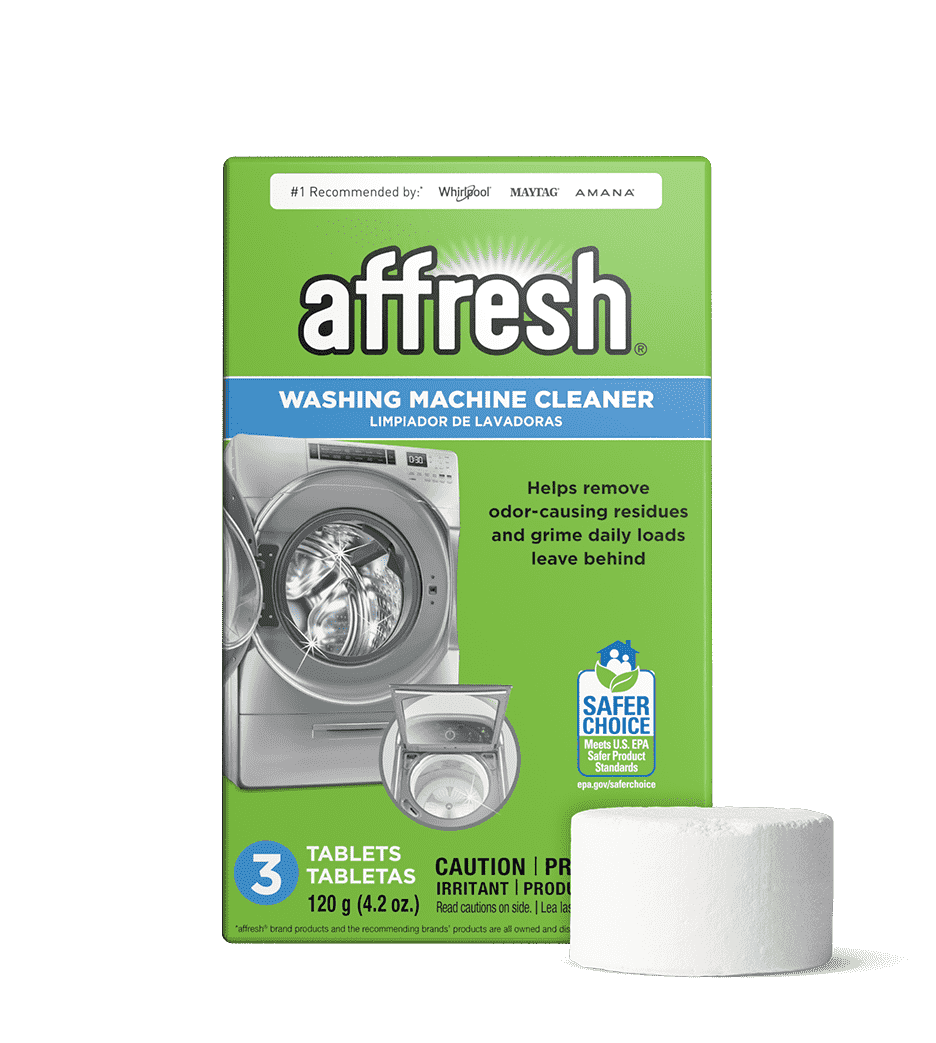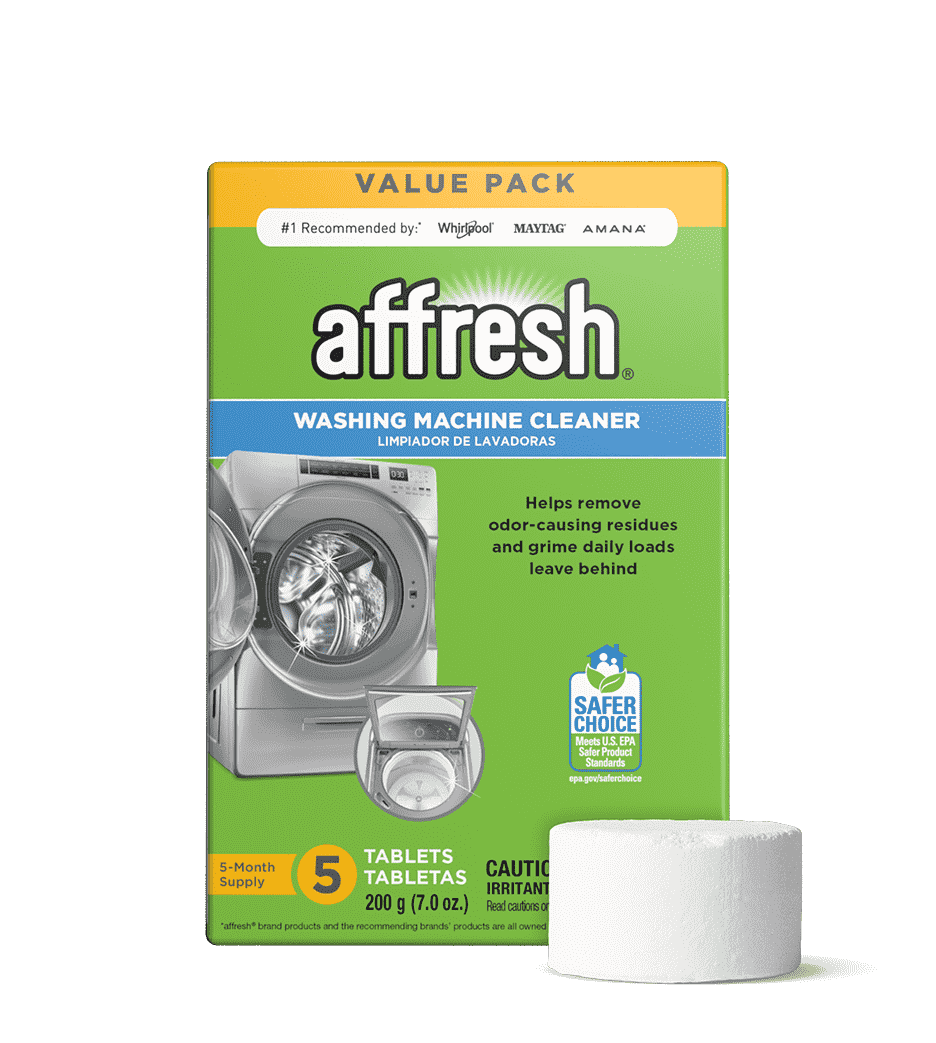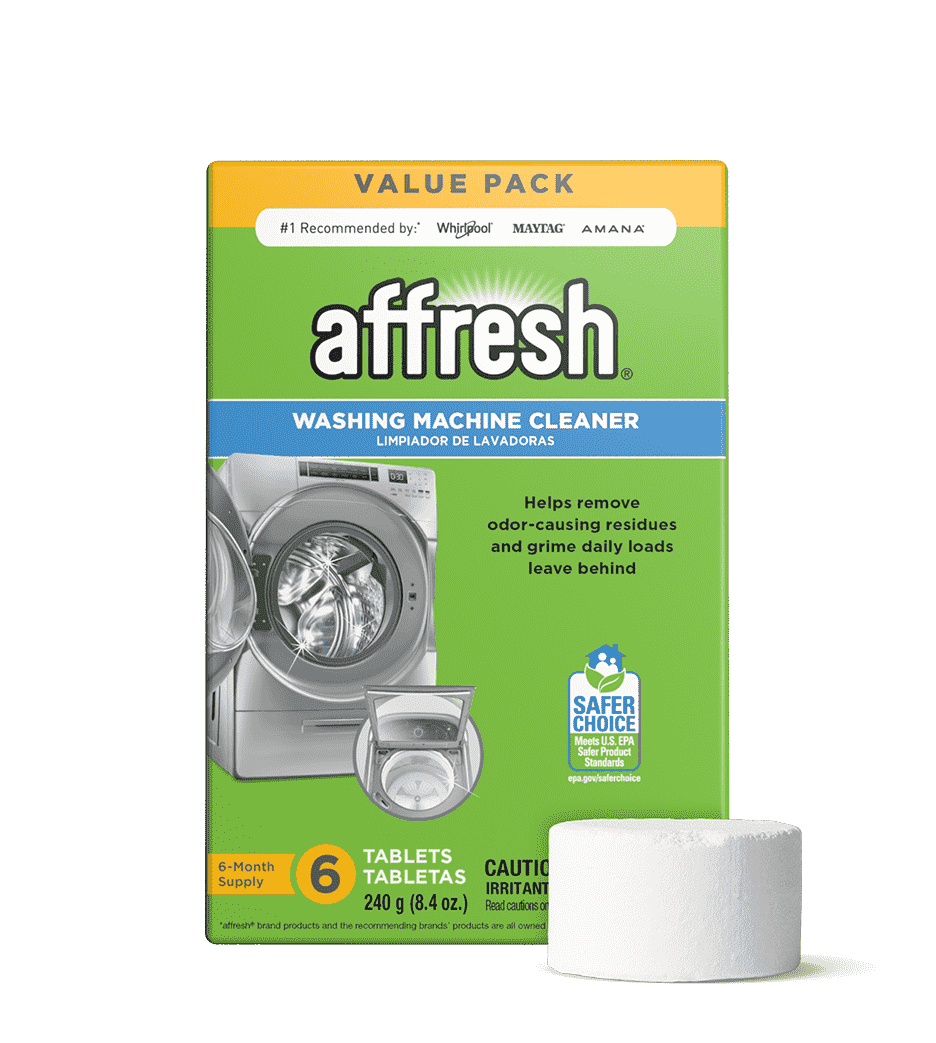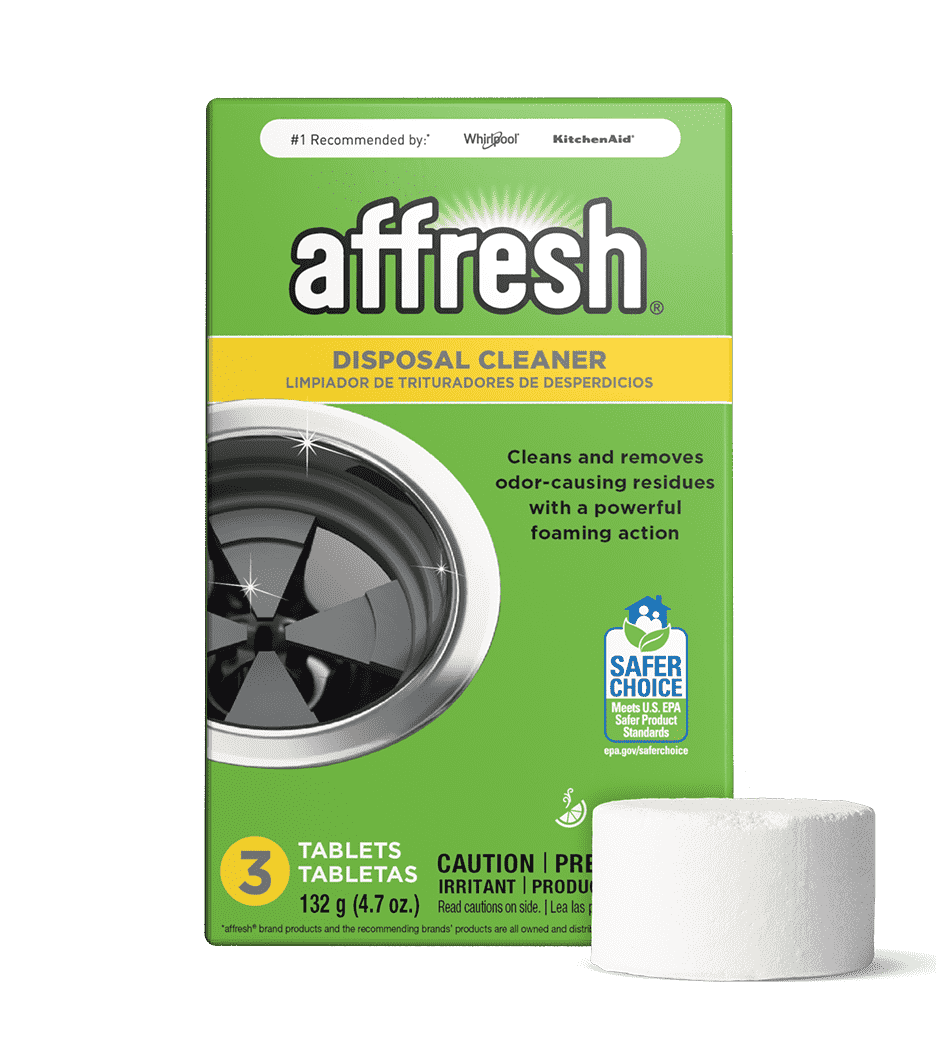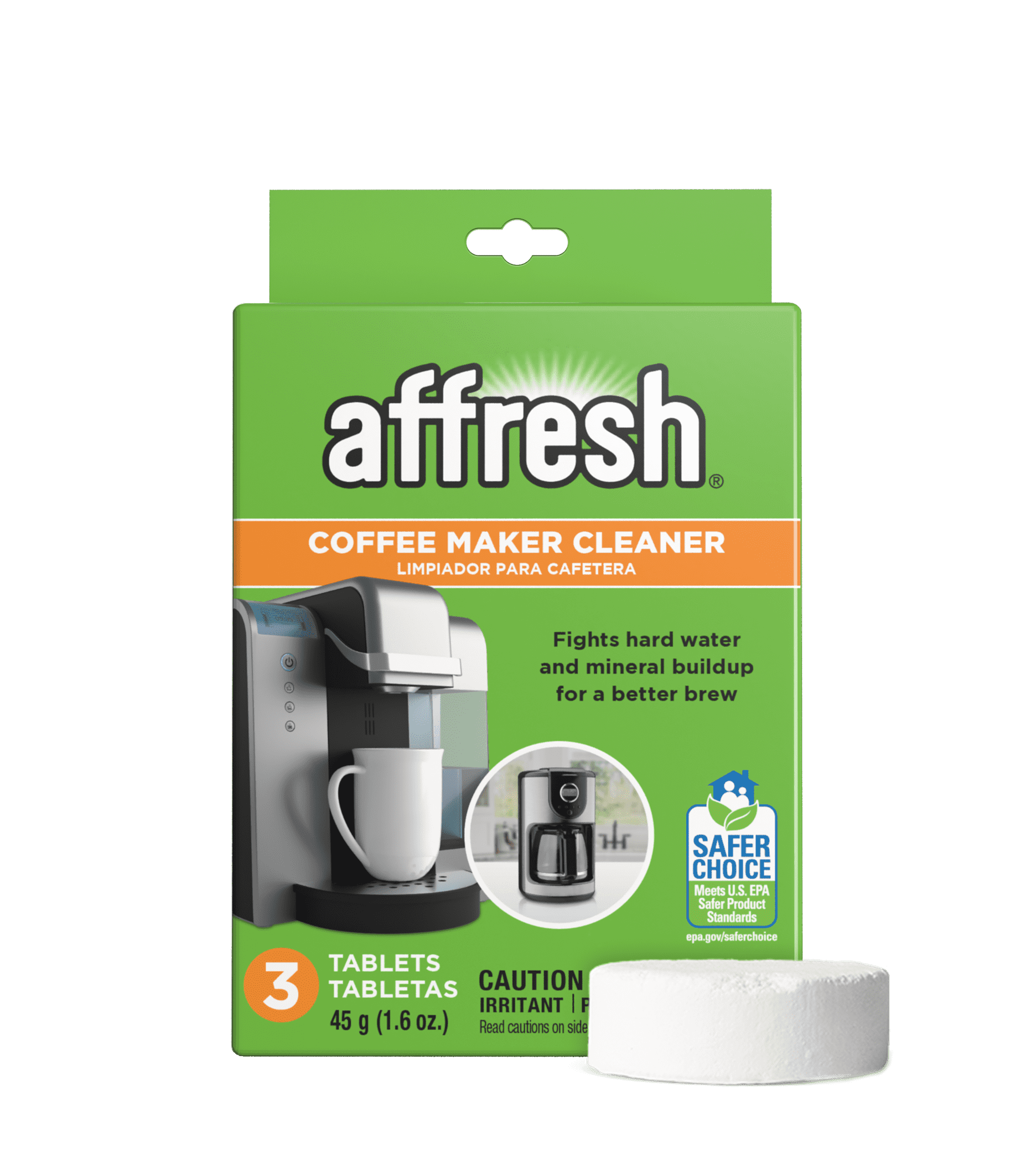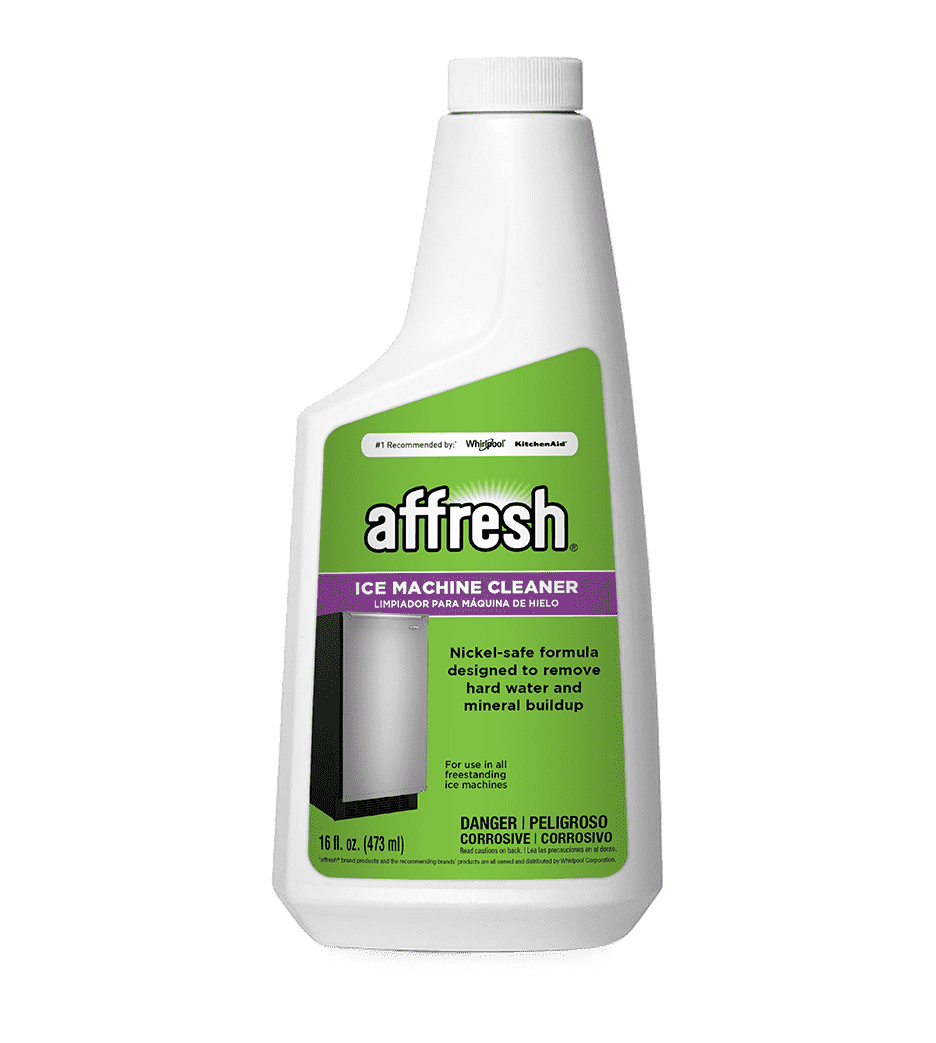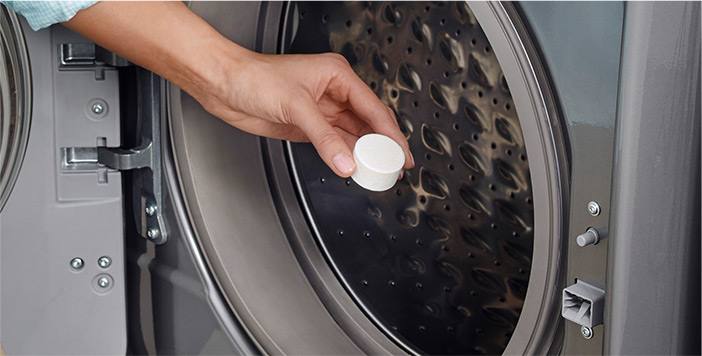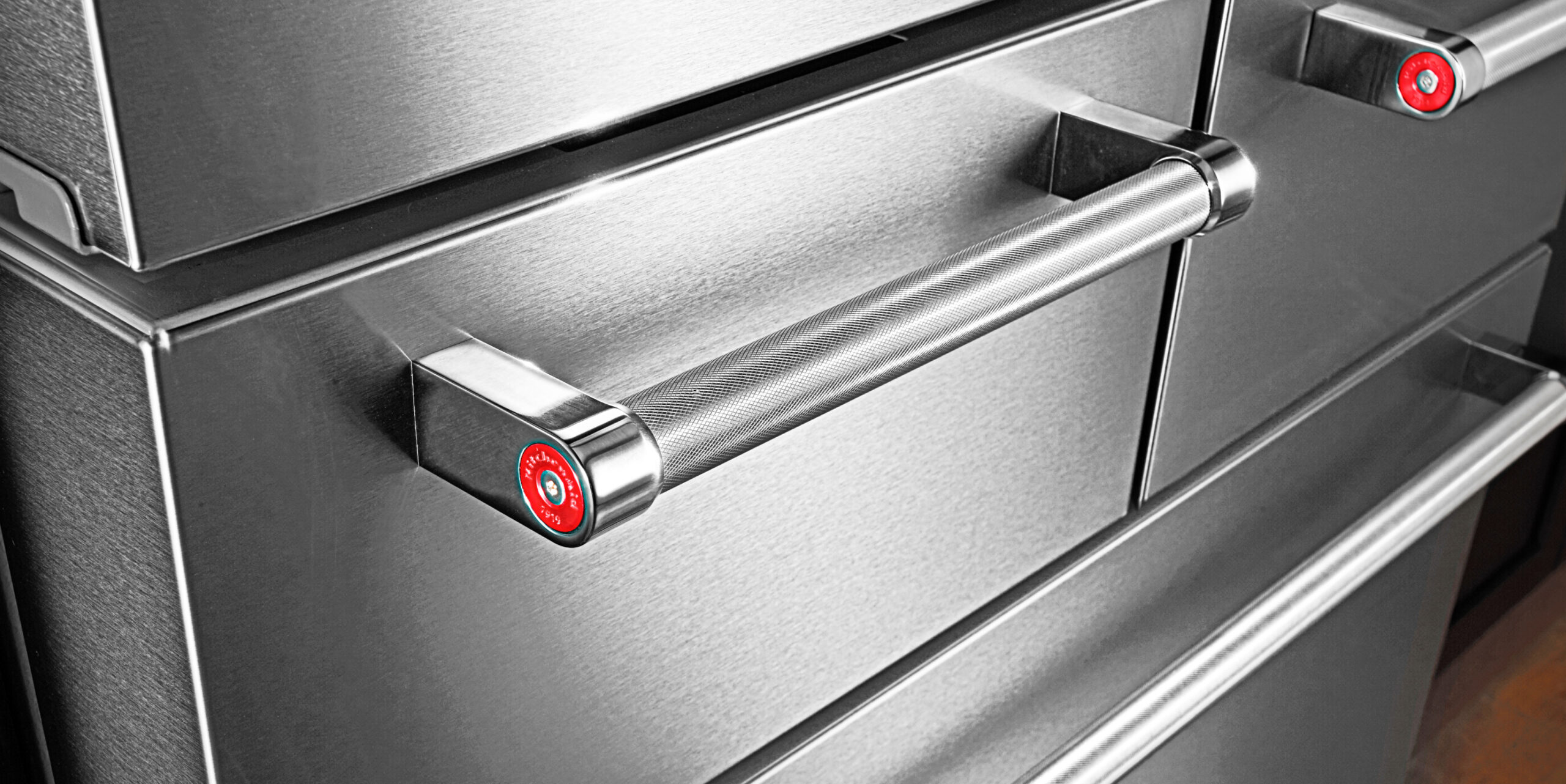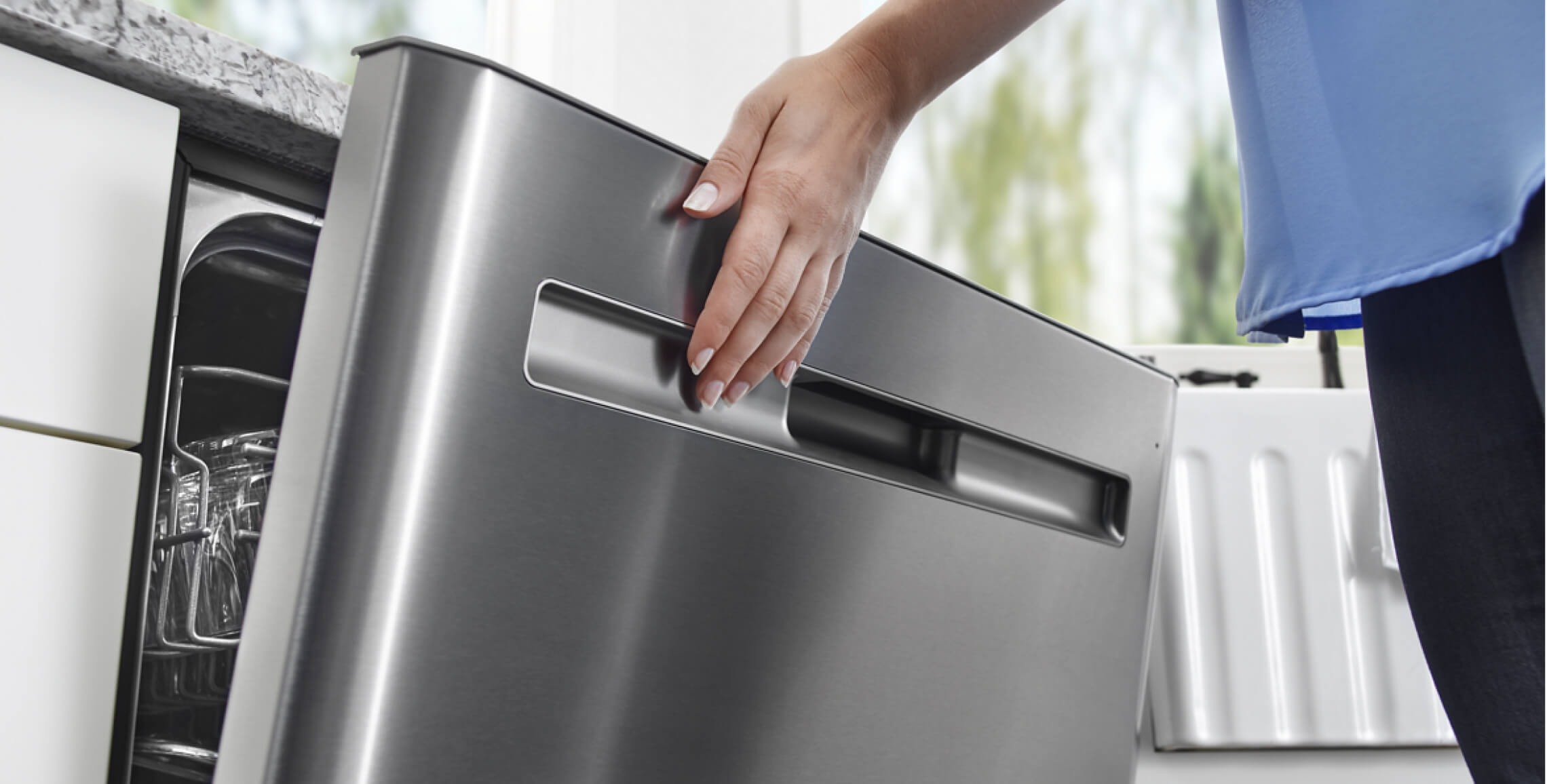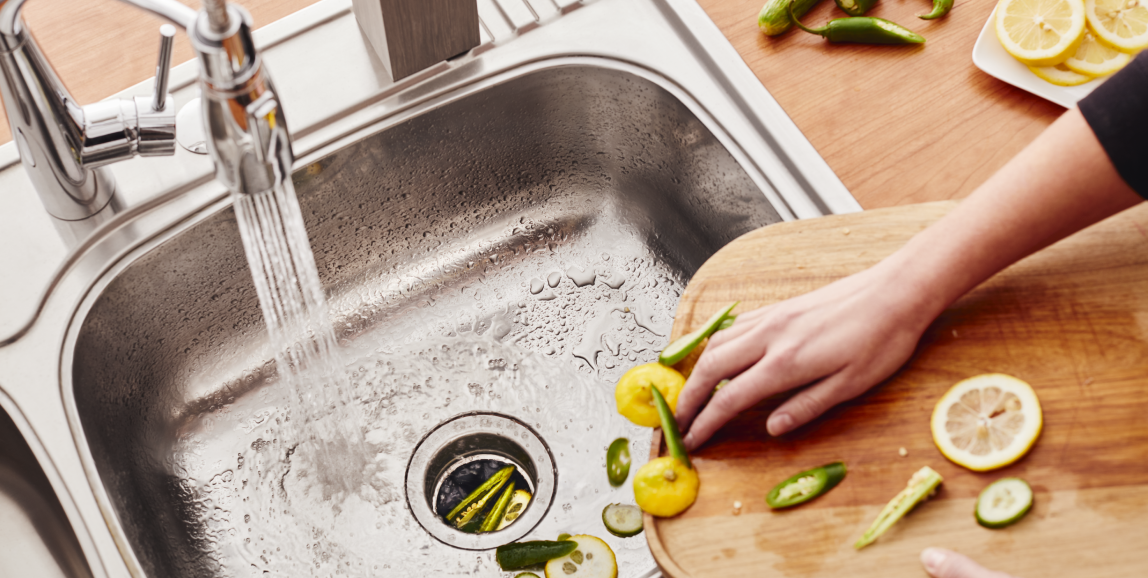
How to Unclog a Garbage Disposal: A DIY Guide
Garbage disposals are a fast and convenient way to keep food scraps out of your trash can. But when this kitchen appliance gets clogged, it can lead to odors, standing water and a frustrating hassle. Fortunately, most garbage disposal clogs are easy to clear with basic tools you have at home.
Use this guide to learn how to clean out your garbage disposal with different techniques.
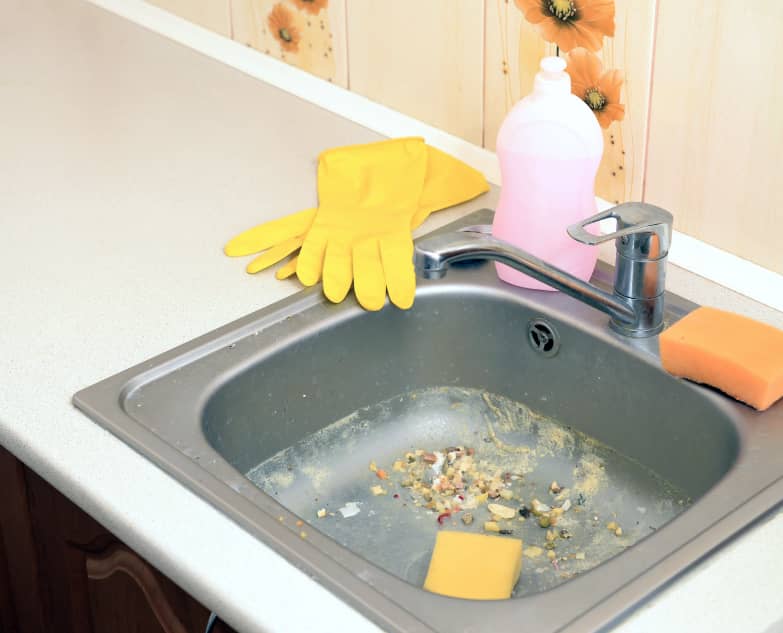
Why is My Garbage Disposal Not Draining?
Garbage disposals are designed to grind up food waste so it can be flushed away down the drain. However, there are several factors that can cause your disposal or drain to get clogged with this waste over time:
- Not using enough water: Garbage disposals need a steady flow of water while running to help sweep away food waste. If you run your disposal without water or don’t use enough, this can cause ground food to get stuck in your pipes over time.
- Using hot water: While it may seem counterintuitive, hot water could actually hinder your garbage disposal by causing fats and oils to spread throughout the disposal. This, in turn, can cause clogs by sticking to the disposal blades or the inside of pipes.
- Grinding too much food at once: Garbage disposals work best when grinding small amounts of food scraps in batches. Pushing too much food into the disposal at once could cause it to jam.
- Grinding the wrong foods: While garbage disposals can handle most foods, others can cause issues. Avoid sending eggshells, coffee grounds, potato peels or banana peels down your disposal, as these items tend to cause clumps that can clog pipes.
Infrequent cleaning of your garbage disposal can also lead to clogs over time. To prevent this, clean your garbage disposal on a weekly basis using a garbage disposal cleaner that is formulated to clear away grease and other residues.
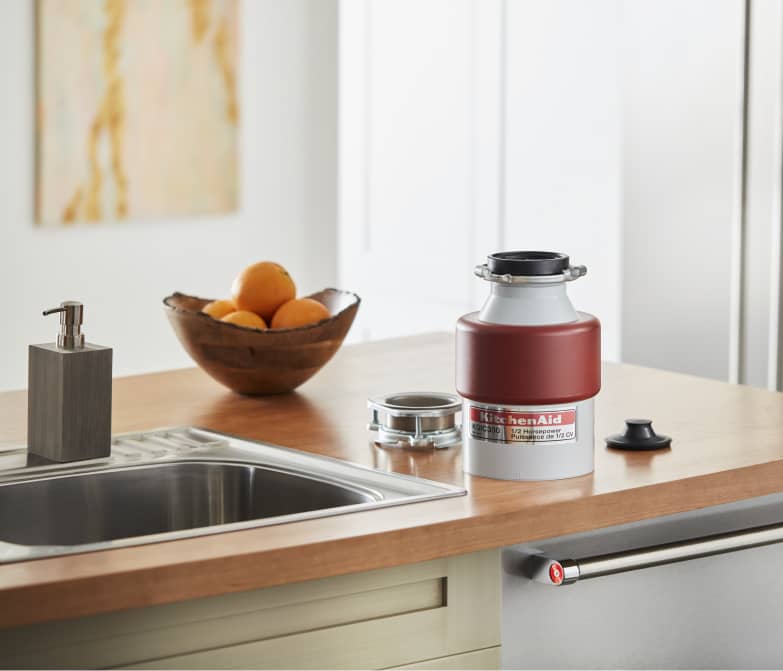
How to Unclog and Clean Out a Garbage Disposal
While regular cleaning helps, even the best-maintained garbage disposals may clog from time to time. If you’re unsure what to do when your garbage disposal is clogged, the step-by-step guide can help.
Supplies
- Garbage disposal cleaner tablets
- Paper towels or cloth rags
Tools
- Flashlight
- Channel-lock pliers
- Tongs
- Bucket
- Scrub brush or wire
Always check and follow your appliance and product use and care instructions before beginning any task, as it should be your primary source of information.
Step 1: Disconnect the power
Make sure the garbage disposal is turned off and unplugged. If you cannot unplug your garbage disposal, locate the circuit breaker for the device and turn it off. Before unclogging your disposal, turn the disposal on and off to ensure that it is not connected to a power source.
Step 2: Look for the clog and remove debris
If possible, remove the rubber disposal guard from the drain hole for easier access and a better view inside the unit. Use a flashlight and pliers (or a pair of tongs) to reach into the disposal opening and remove any obstructions. Using tongs or pliers will keep your hands safe from the disposal blades.
Step 3: Use a plunger
If there is standing water in the sink, try plunging to release the clog. If you have a double sink, remove your dish drainer or other items before you begin. Cover the disposal drain with a sink plunger, then plunge up and down rapidly to build up water pressure and loosen the clog. Once the clog is loosened, use cold water to rinse the drain and get rid of any lingering waste. If you have a double sink, keep in mind that plunging your disposal could cause clogs to move into the other sink.
Step 4: Use a cleaner tablet
After plunging the disposal and removing debris, follow up with a disposal cleaning tablet to clean the disposal and flush away any residue. After using the tablet, check the disposal to see if the clog remains. If so, check the P-trap and trap arm.
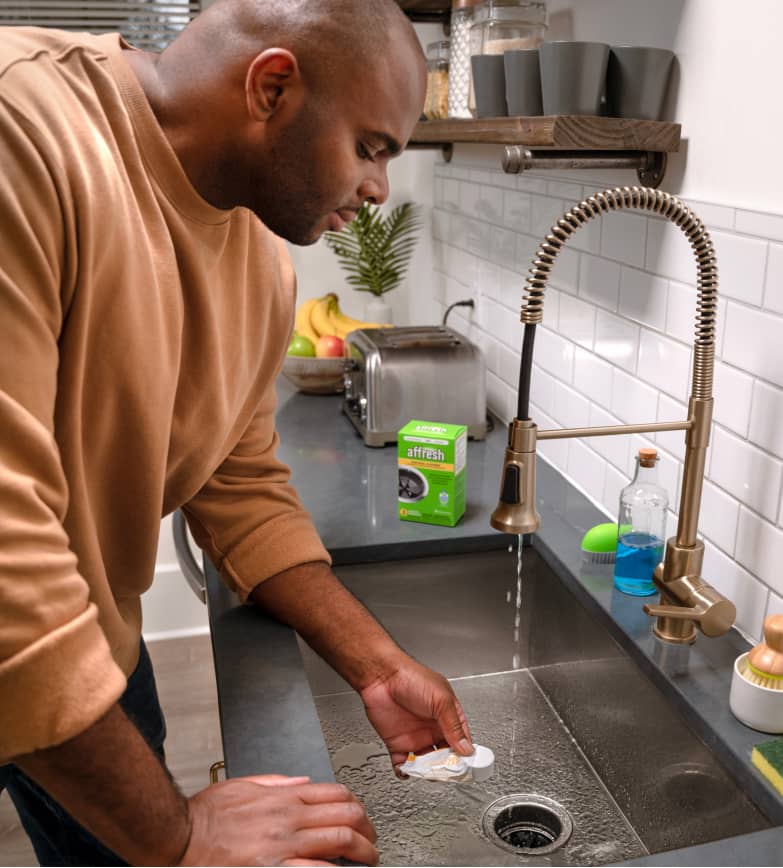
Step 5: Remove and clean the P-trap
To clear a P-trap clog, place a bucket underneath the pipe and disconnect the fittings using channel-lock pliers. (Water and food waste may spill into the bucket, but be prepared with rags in case the water spills.) Next, use a scrub brush, wire or straightened wire coat hanger to check the P-trap pipe for clogs. Dump these clogs into the bucket and rinse the inside of the pipe. Replace the pipe and tighten the fittings.
In addition to cleaning the P-trap, take some time to clean the trap arm, which is the pipe that goes from the P-trap to the wall. Place the bucket underneath this pipe, loosen the connectors with the channel-lock pliers and carefully remove the trap arm. Clean out this pipe, then replace it and the P-trap. If your drain is still stopped up, reach out to a licensed plumber for assistance.
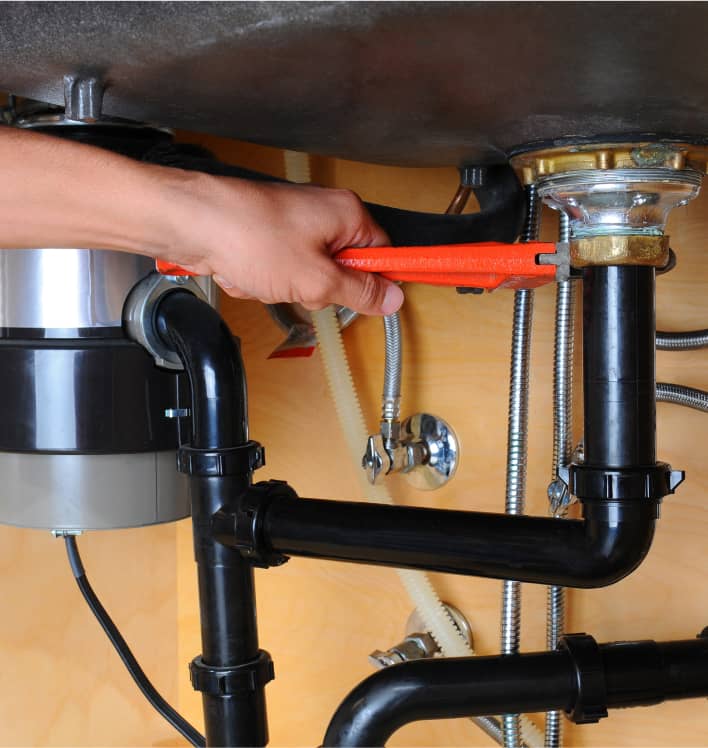
How Do I Unclog a Garbage Disposal That Won’t Spin?
If your garbage disposal is turned on but the blades aren’t spinning, there’s a good chance that they are jammed. Use one of these three methods to fix this issue:
- Press the reset button: Turn off the garbage disposal and unplug it or turn off the circuit breaker that connects to the disposal. Next, locate your disposal’s reset button and press it. This should reset the unit. Restore power to the garbage disposal and turn it on — if the blades still won’t engage, you will have to unjam the unit manually.
- Use an allen wrench: Disconnect the power from the disposal unit. Insert a four-sided (allen) wrench into the hexagon slot on the bottom of your disposal, then turn it clockwise and counterclockwise several times to dislodge the jam.
- Use a wooden handle: If your garbage disposal unit does not have a reset button or hexagon slot, use a wooden handle instead. Insert the handle into the drain and place it on top of or next to the disposal drain. Use the handle to move the blades back and forth until they are unstuck. Remove any dislodged food items with pliers or tongs.
Can I Unclog a Garbage Disposal with Boiling Water?
Generally speaking, hot water should not be used to flush a garbage disposal during daily use, as this can melt fats and cause clogs. However, boiling water can sometimes help to melt and wash away food particles and other clogs. Run the garbage disposal when you pour the water down the sink, and remember to only use this method rarely.
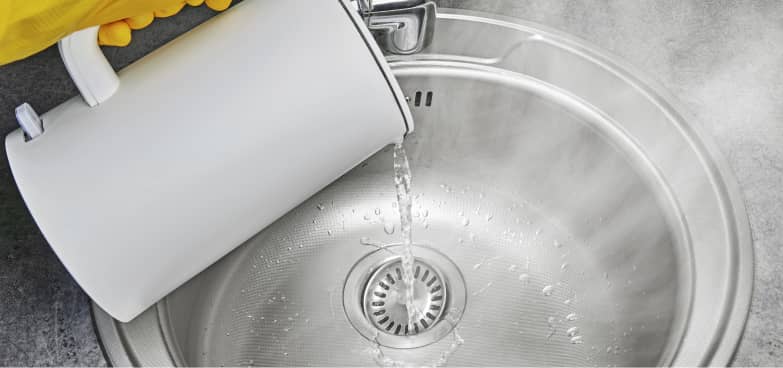
Will Baking Soda and Vinegar Unclog a Garbage Disposal?
If you don’t have disposal cleaner tablets on hand, baking soda and vinegar may do in a pinch. Pour a cup of baking soda into the garbage disposal, followed by the same amount of vinegar. Wait for 20 minutes, then rinse with hot water. This method may help clear away minor disposal clogs.
Maintain your garbage disposal with affresh® products
While there are many different ways to unclog your garbage disposal, regular cleaning can help you avoid clogs in the first place. That’s why affresh® disposal cleaner tablets are formulated to clear away grease, food debris and residue from areas you can’t reach so you can keep your disposal and drain fresh and clear.
In addition, the affresh® brand also features cleaners for both kitchen and laundry appliances to help you maintain dishwashers, washing machines and other hardworking appliances. Explore our complete collection and find the right cleaners for your home.
